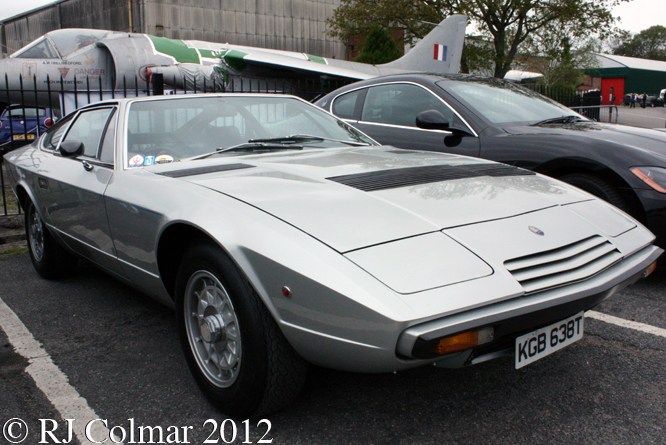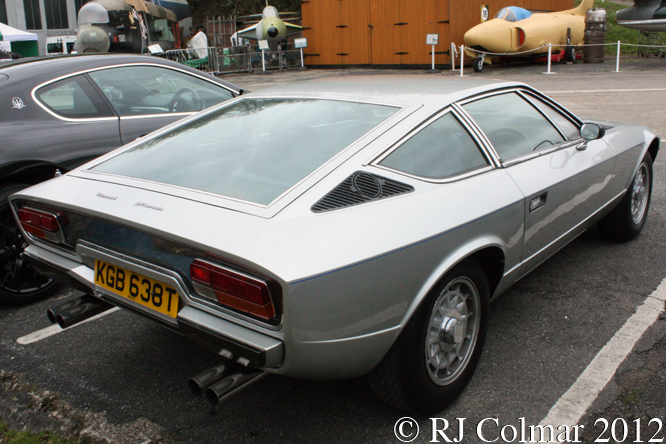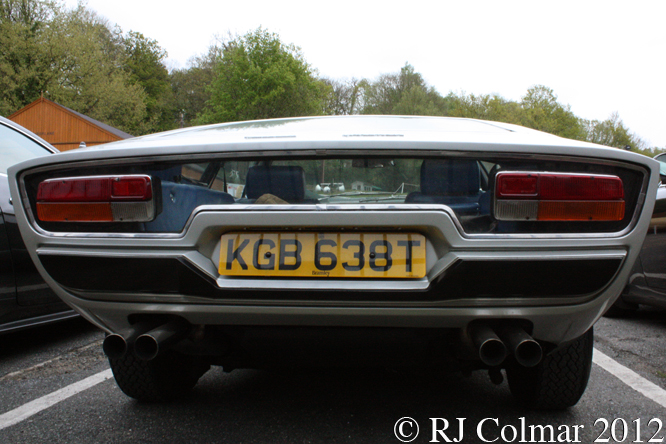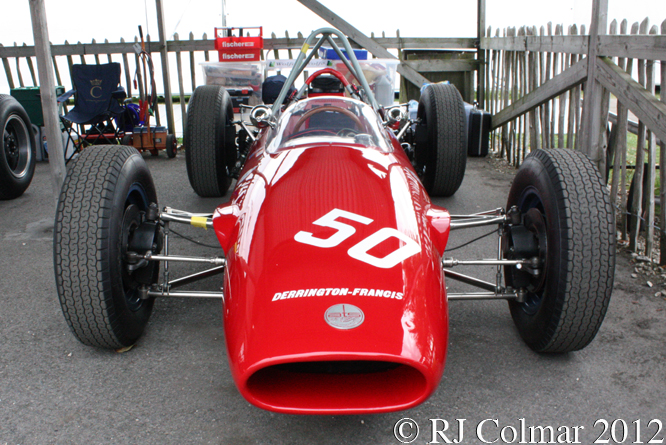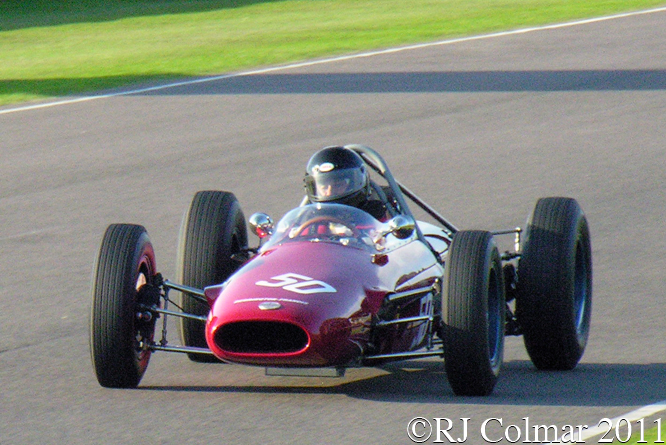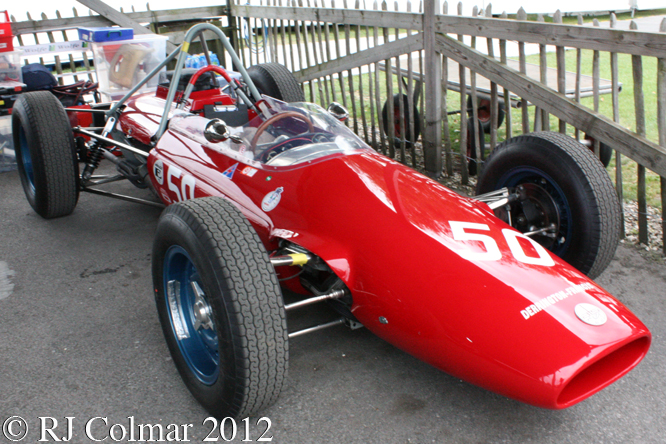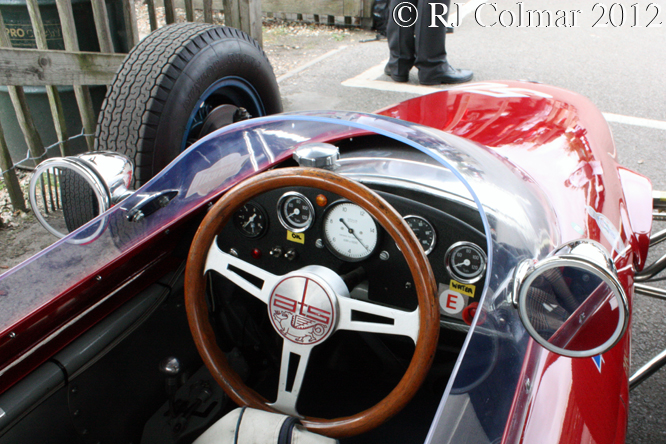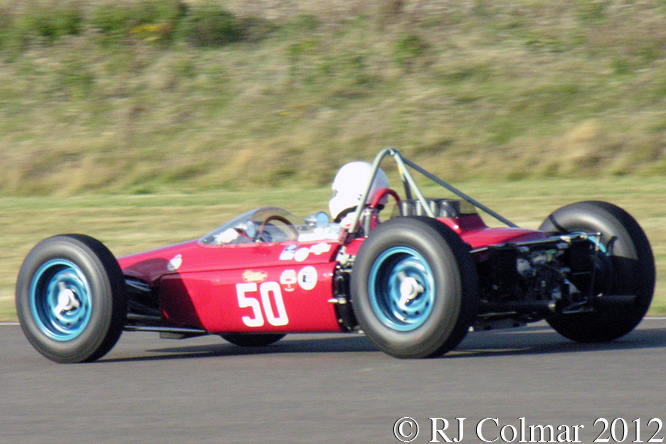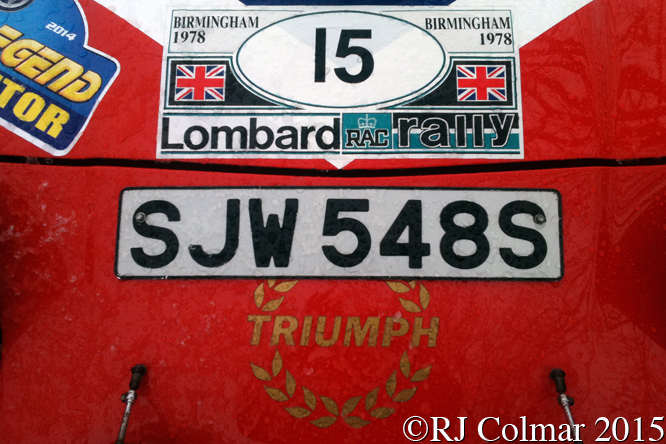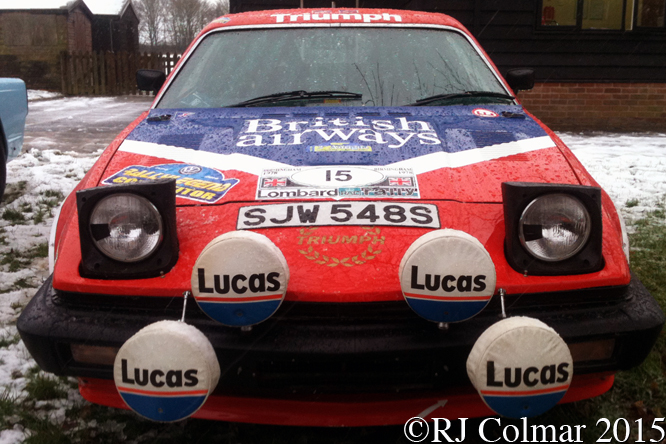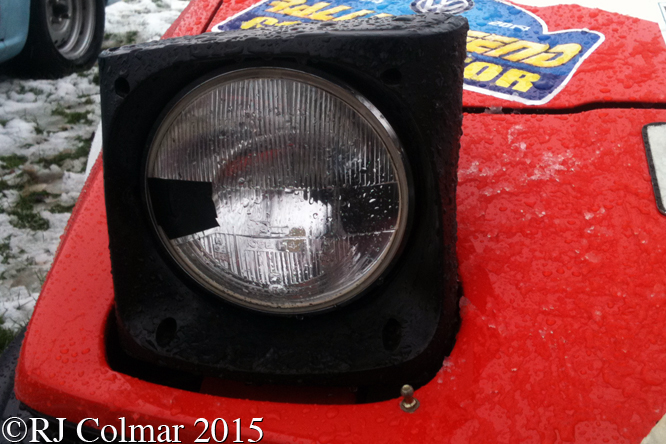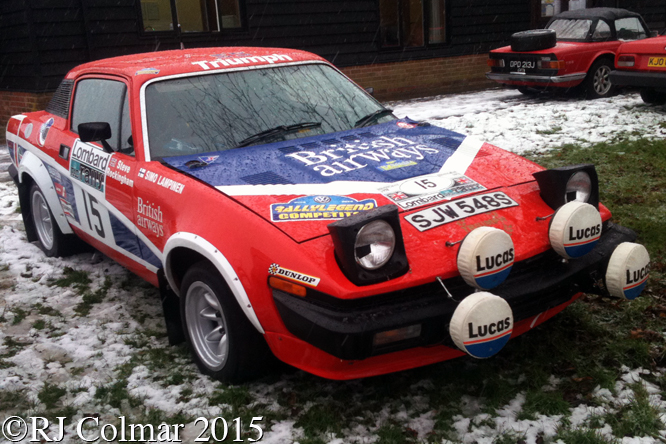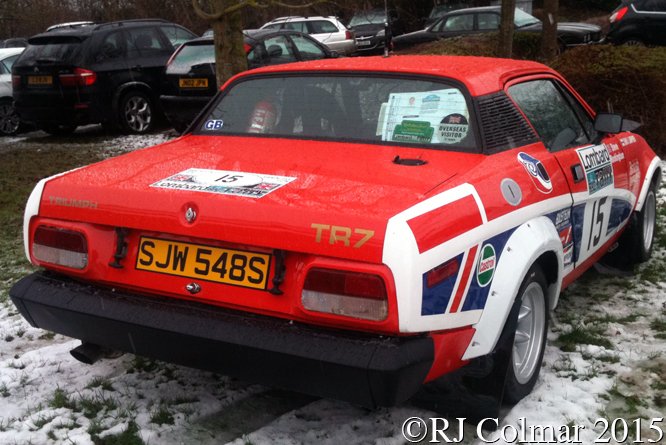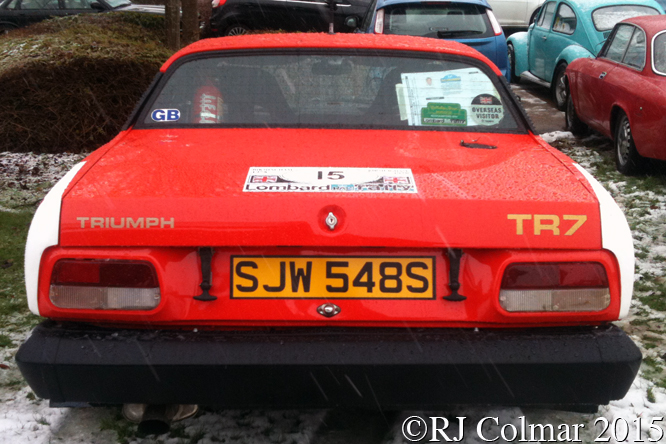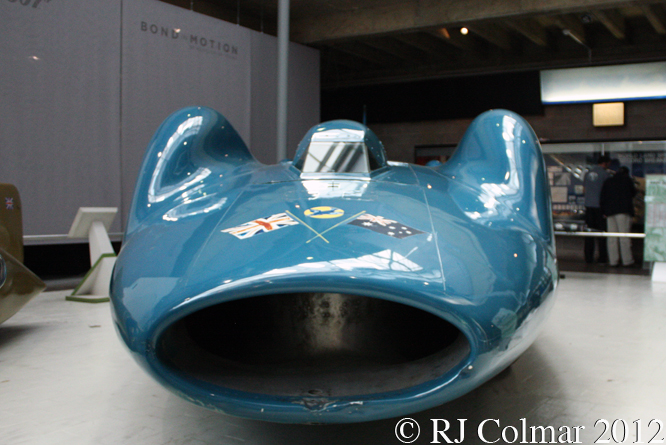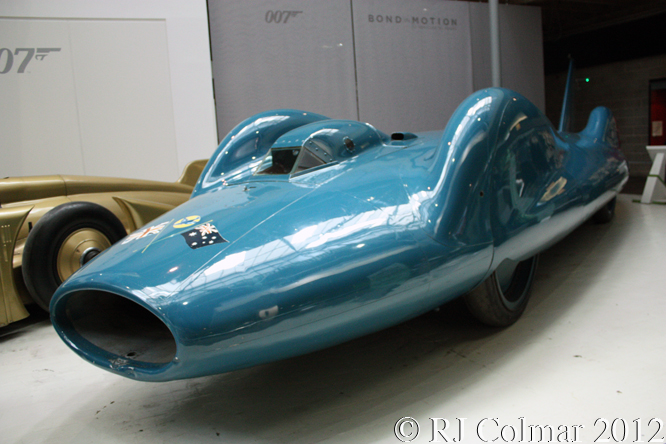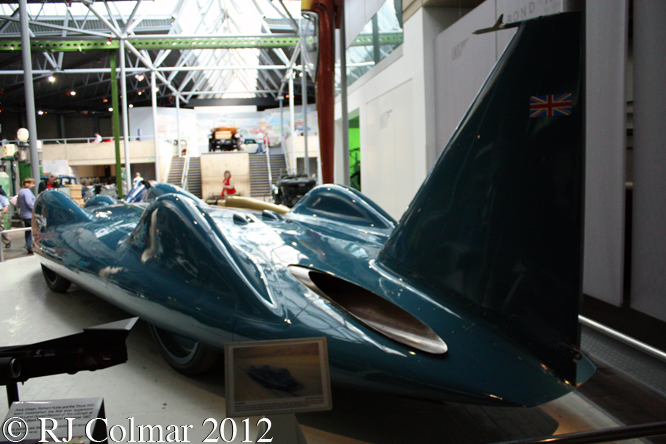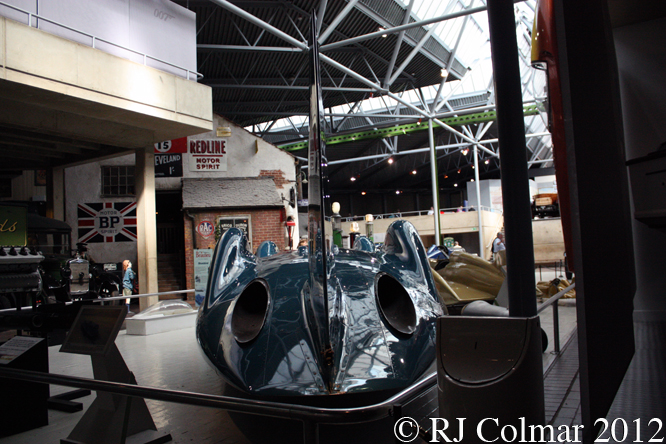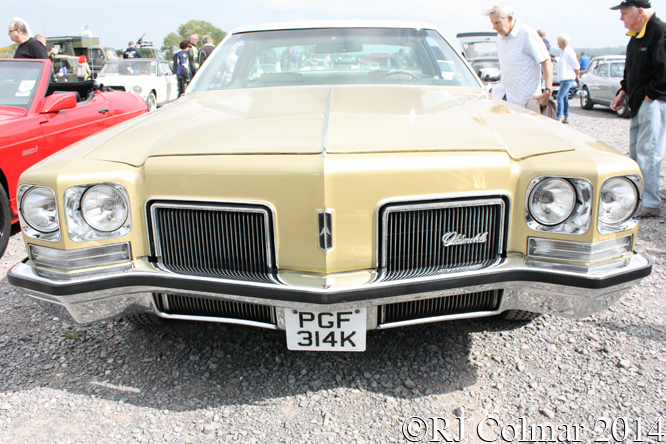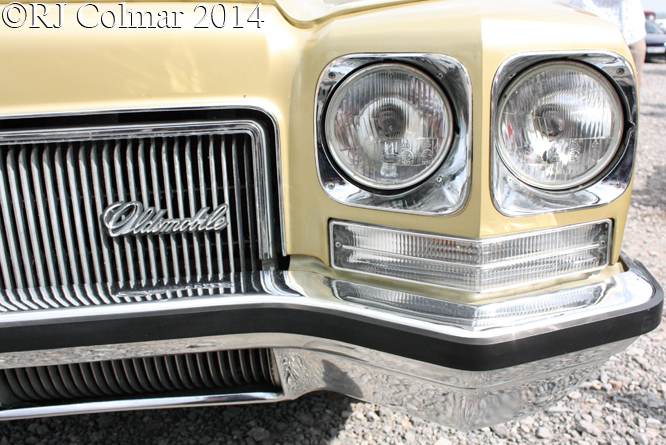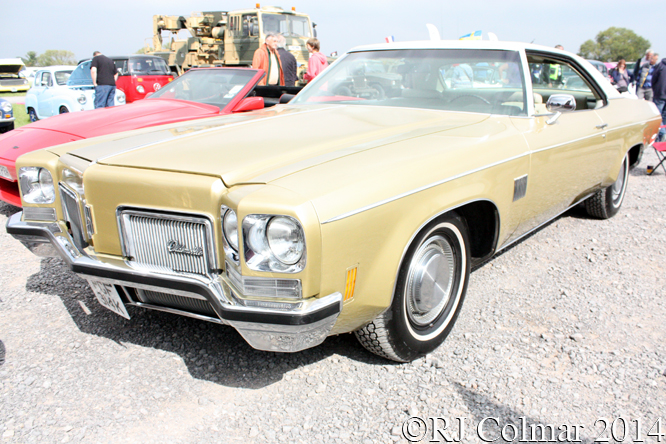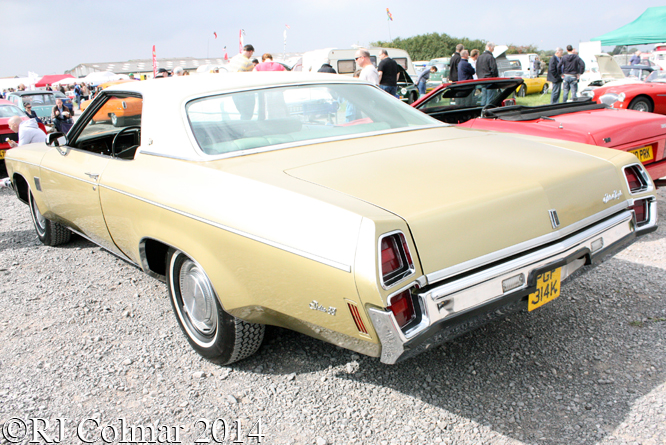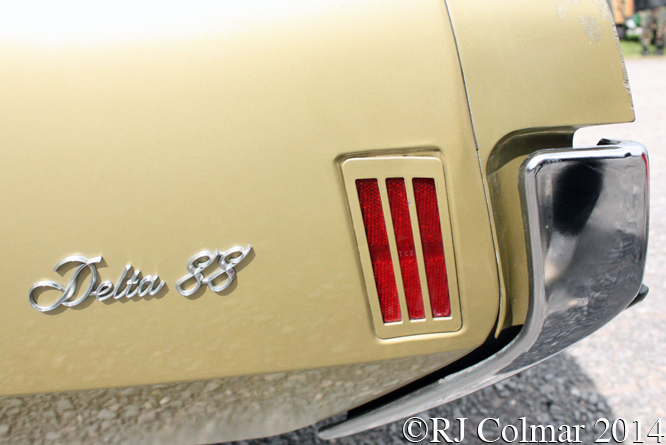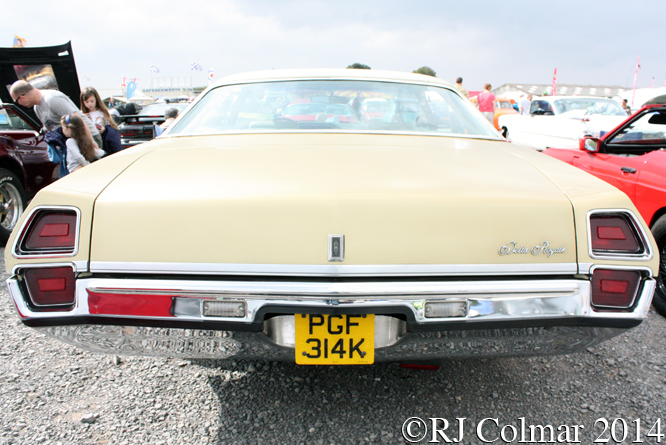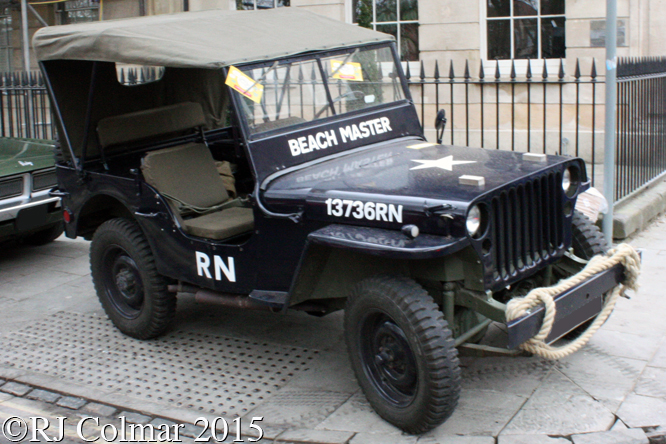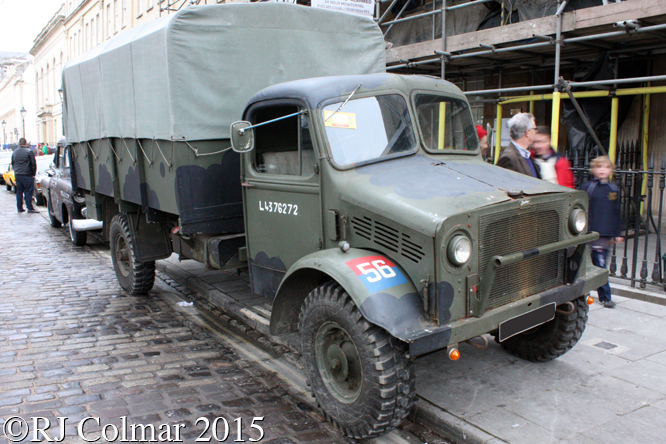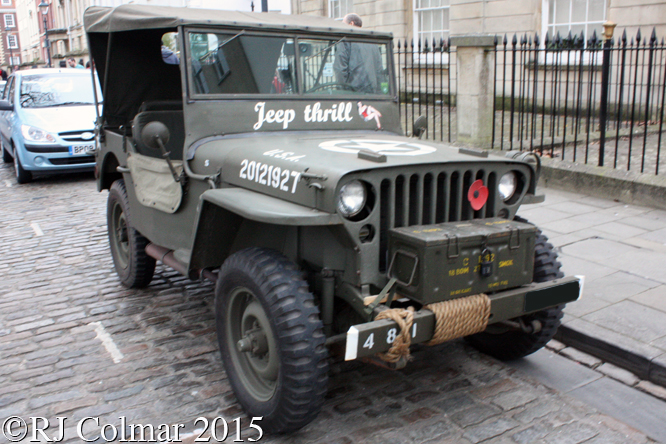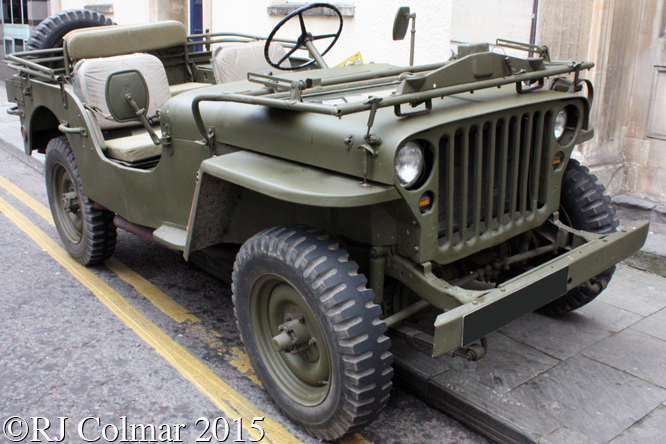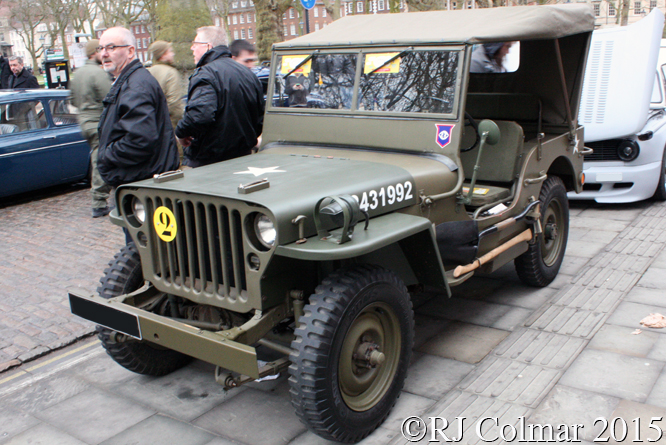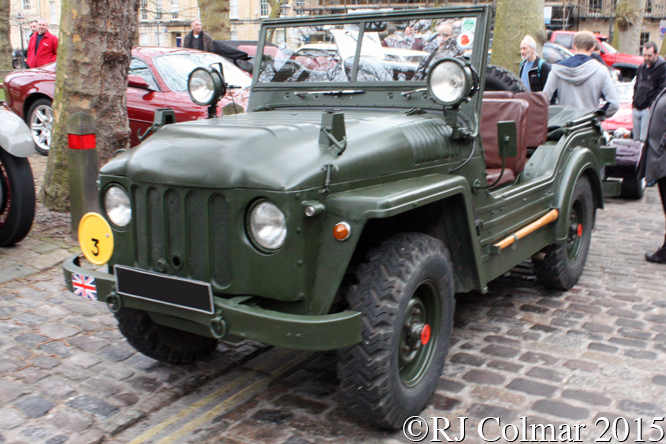Located in Summerville South Carolina the American LaFrance Fire Engine Company specialised in building equipment and vehicles for the emergency services, the roots of the company go back to 1832, the company announced it was ceasing operations in January 2014.
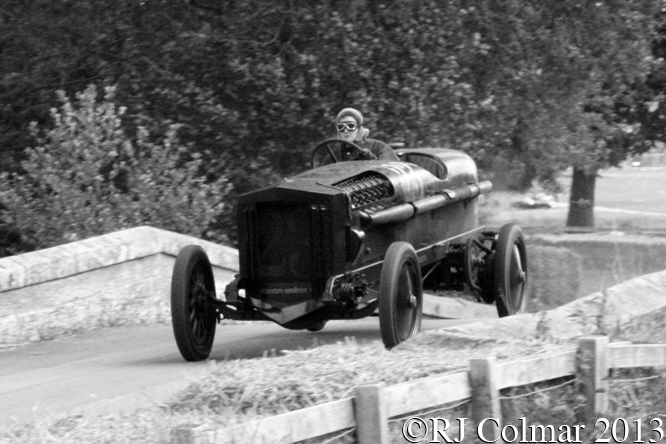
Herman Layher and Dietmar Gulden from the Auto & Technik MUSEUM SINSHEIM built today’s featured American LaFrance, known as Brutus, in it’s current form between 1998 and 2008.
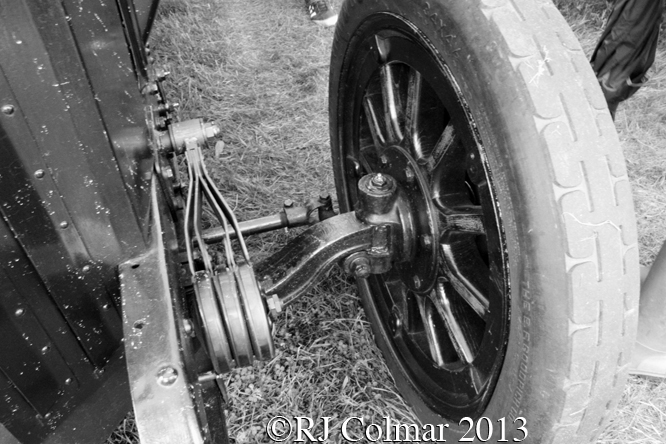
This two ton leviathan is powered by a 650 hp 47 litre / 2863 cui BMW VI a mid 1920’s V12 bomber engine that was used in a variety of applications by the Axis nations of Germany, Spain, Japan and the Soviet Union who built these motors under licence as the Mikulin M-17. This particular one was found in a Spanish scrap yard.
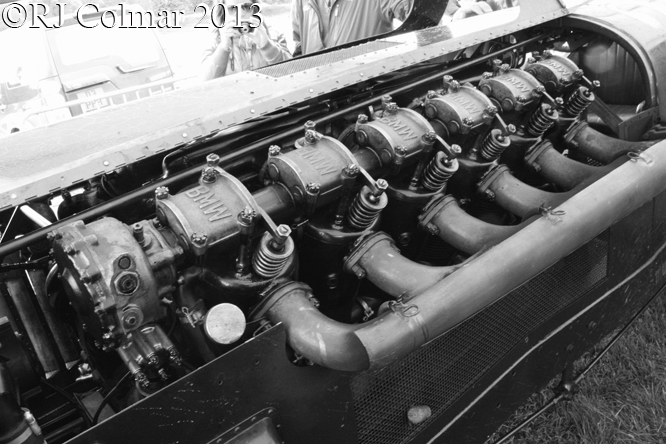
The LaFrance chassis is believed to have come from a 1908 fire engine, despite it’s phenomenal weight and power it is only fitted with puny rear wheel brakes, a fact that keeps the temptation to use full throttle far from the drivers mind….
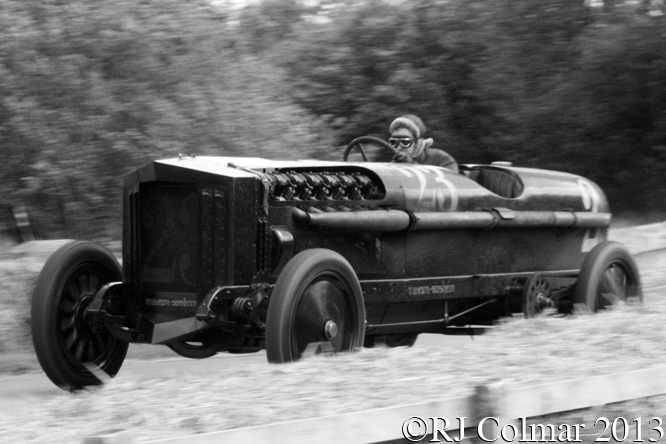
… as would the 2.8 mpg (UK) / 3.7 mpg (US) fuel consumption.
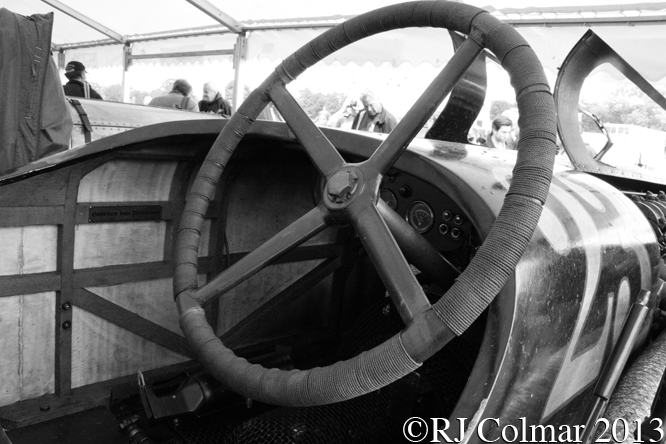
This car has no fire wall behind the engine and the driver is protected from the flywheel, that could spin at up to 2000 rpm, only by an industrial safety guard.
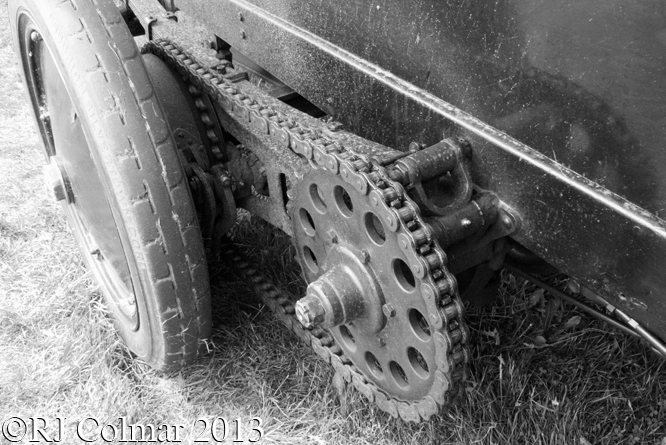
Brutus is considered by Herr Layher, seen at the wheel in these photographs at the Cholmondeley Pageant of Power, to be the most dangerous vehicle in the world.
With the motor turning at 800 rpm Brutus will reach 60 mph and at 85 mph it will spin it’s wheels in top gear, to date it has not been driven over 124 mph.
Thanks for joining me on this “Brutus” edition of “Gettin’ a li’l psycho on tyres” I hope you will join me again tomorrow. Don’t forget to come back now.



